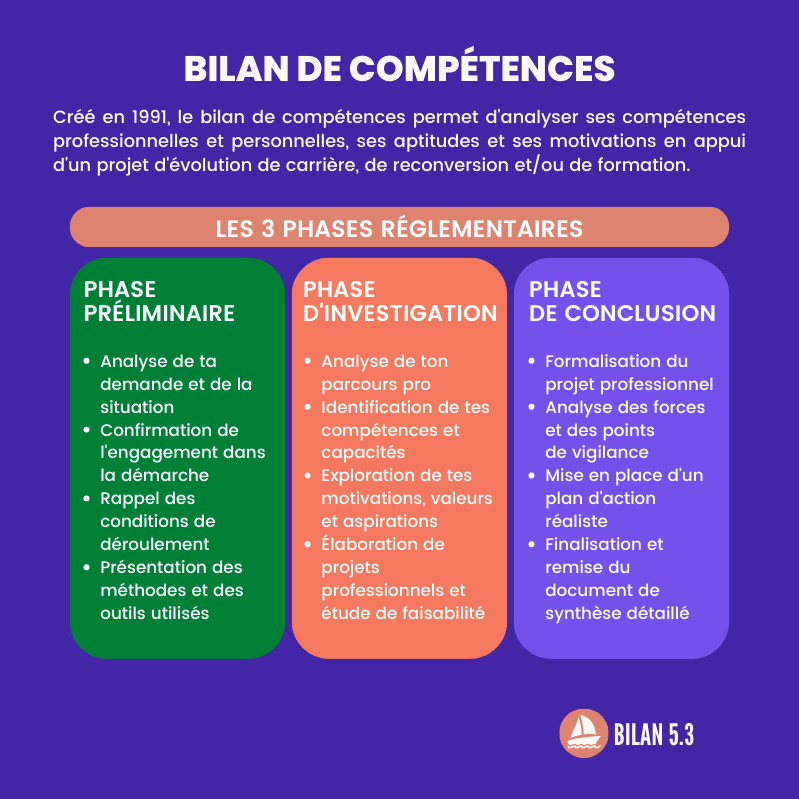
Basal metabolism: energy expenditure at rest
A slow metabolism is a common excuse of people with some excess pounds. They mean their resting metabolism, also called basal metabolism. What is that anyway? And does it affect your weight?
The beating of your heart, inhaling and exhaling, digesting food: all processes that take place unnoticed and over which you have little influence. That is why we call basal metabolism in the corridors also the resting metabolism or resting metabolism. After all, it happens when your body is at rest. This includes all the biochemical processes necessary for the body to function. Energy (calories) is consumed in all these processes.
The amount of fat and muscle tissue in the body also determines how much energy you use. The energy consumption of muscle tissue is high, that of fat tissue is low. So someone with a lot of muscle tissue has a higher resting metabolism than someone with little muscle tissue. Over the years, both men and women gain more fat tissue and less muscle tissue. In old age, the resting metabolism is therefore lower than at a young age.
Measuring resting metabolism
In a laboratory you can accurately measure your resting metabolism via a calorimetry study. This is done, for example, in the case of seriously ill people. A person is in complete rest, without sleeping, in a pleasant ambient temperature and with an empty stomach. The body then does not need energy to regulate body temperature, digestion or physical activity. The research measures how much oxygen someone consumes and how much carbon dioxide (CO2) someone produces. On the basis of this, one can determine the rate of energy consumption of that person at rest.
The resting metabolism is different for everyone. This depends, among other things, on:
- Gender (women have a percentage of more fat tissue and therefore a lower resting metabolic rate than men).
- Amount of muscle tissue (the more muscle, the higher the resting metabolic rate).
- Age (the older, the lower the resting metabolic rate).
- Heredity.
Then there are also circumstances that can influence the resting metabolism. For example, illness or trauma (after an accident, for example) can increase the resting metabolism. After all, the body then needs energy to repair the body. Certain drugs also increase or decrease the resting metabolism.
Calculate your own basal metabolic rate
Measuring the resting metabolic rate is not easy and also very expensive. Usually it is not necessary to measure very accurately what the resting metabolic rate is, then calculation is a good alternative.
You can estimate your own resting metabolic rate using various formulas. In the Netherlands, the so-called Harris-Benedict formula from 1919 has been used for years. This formula was adapted in 1994 and is now called the formula of Roza and Shizgal. This reads for:
- Men: 88.362 + (13.397 x G) + (4.799 XH) – (5.677 x L)
- Women: 447,593 + (9.247 x G) + (3.098 XH) – (4.330 XL)
G = body weight in kilograms
H = height in centimeters
L = age in years
A calculation example: A woman of 45 years, 65 kilograms and 180 centimeters tall has a resting metabolism of
447.593 + (9.247 x 65) + (3.098 x 180) – (4.330 x 45) =
447.593 + 601.055 + 557.64 – 194.85 = 1411,438. That is rounded off 1411 kilocalories.
Calculate your calorie needs
Now you know how many calories your body needs to be at rest 24 hours a day. But of course you are also on the move, you exercise, you work, you laugh and you do even more things. How many calories do you need for that? That depends on how active you are. The so-called PAL value is used for this.
PAL values
- Little or no exercise (in bed all day): 1.2
- Light exercise (if you have a sedentary job and you don’t do sports): 1.375
- Normal exercise: 1.55
- Vigorous exercise (strenuous work or daily exercise): 1,725
- Very strenuous exercise (professional athletes): 1.9
The daily calorie requirement is then: resting metabolic rate x PAL. If the woman from the previous calculation example has an office job and sports an hour twice a week, she falls into the group “Normal exercise”. Her PAL value is then 1.55. The amount of calories she then needs daily is: 1411 x 1.55 = 2187 kilocalories. On average, adult women need 2000 kilocalories per day and men 2500.














